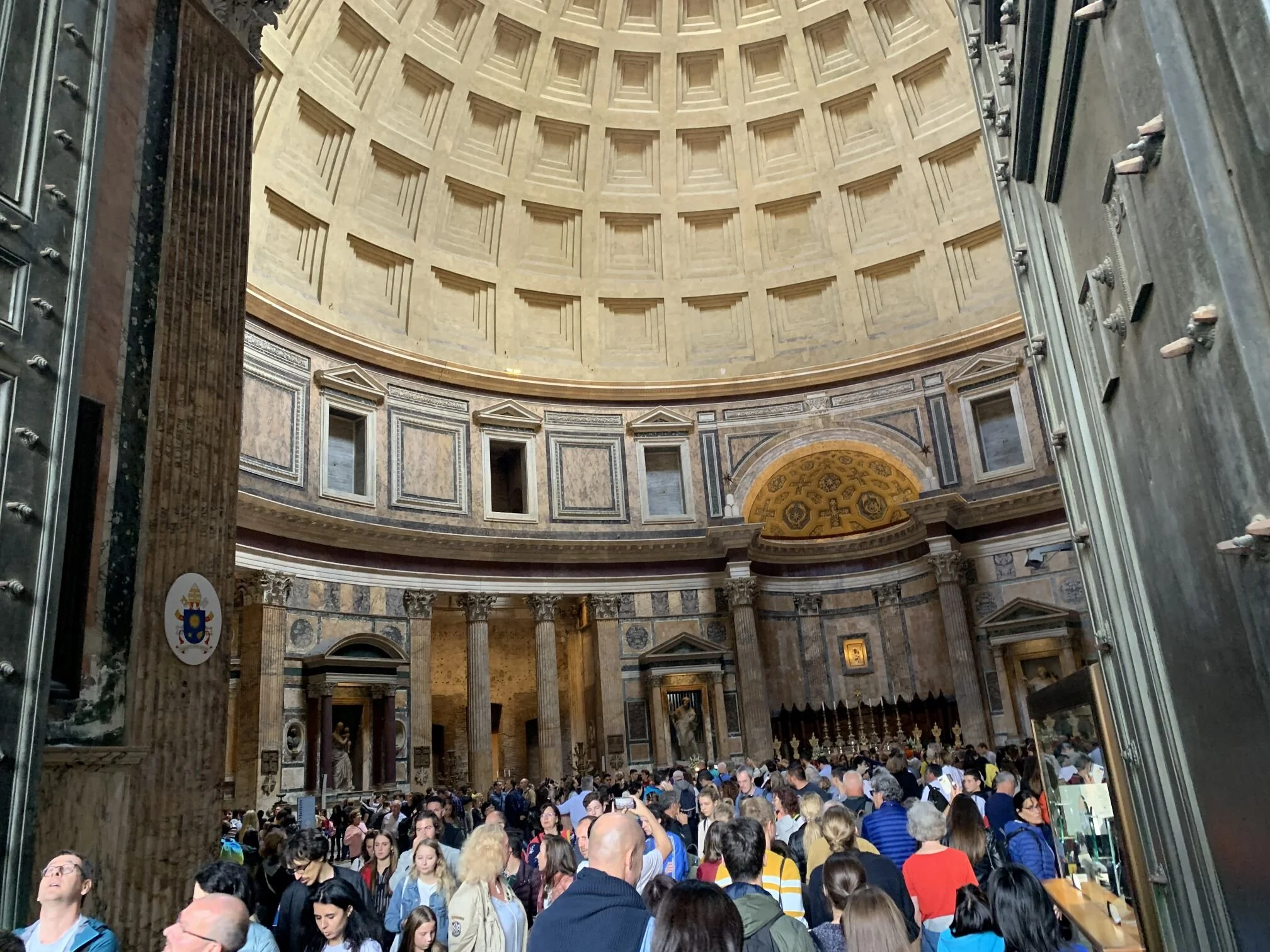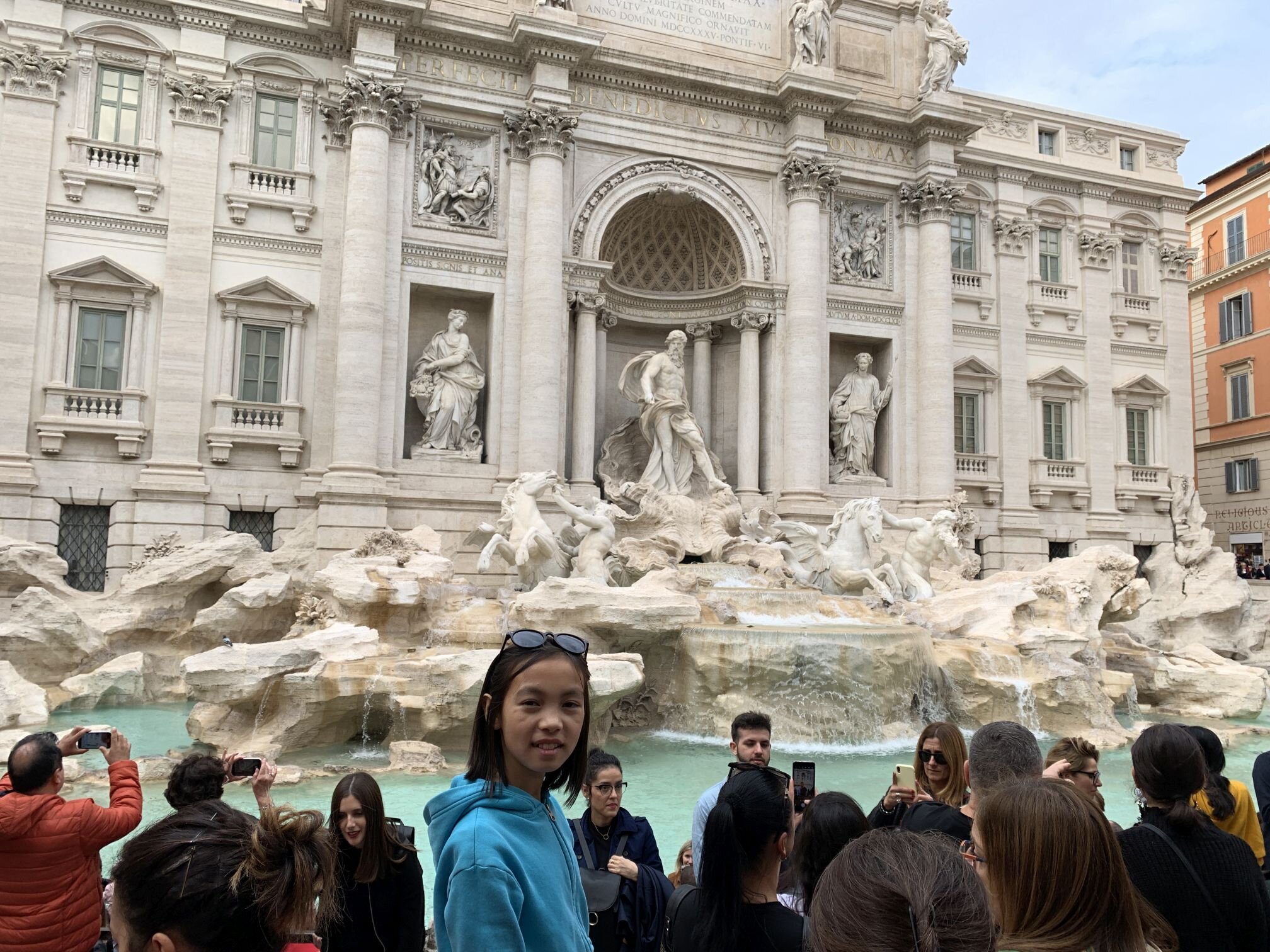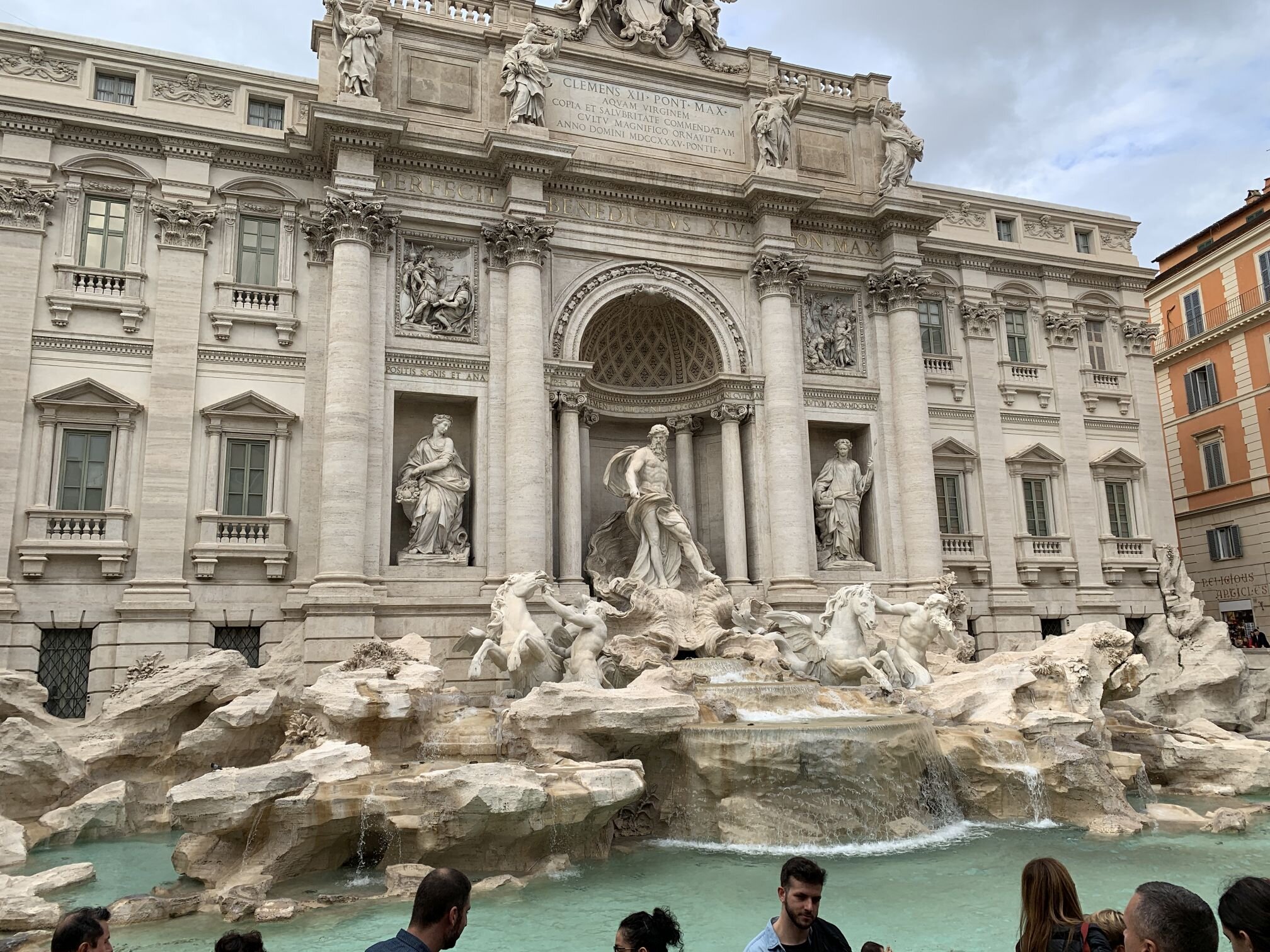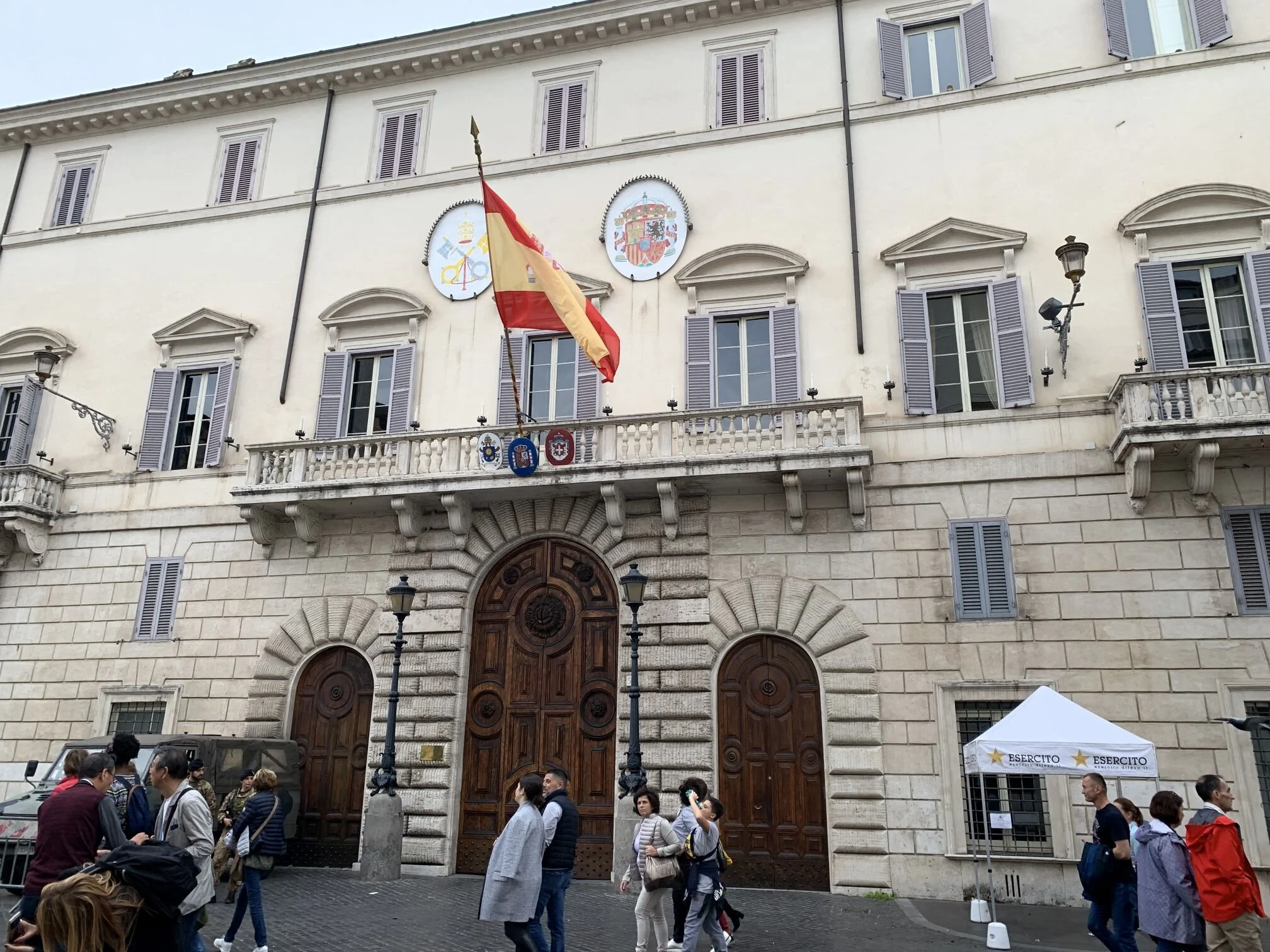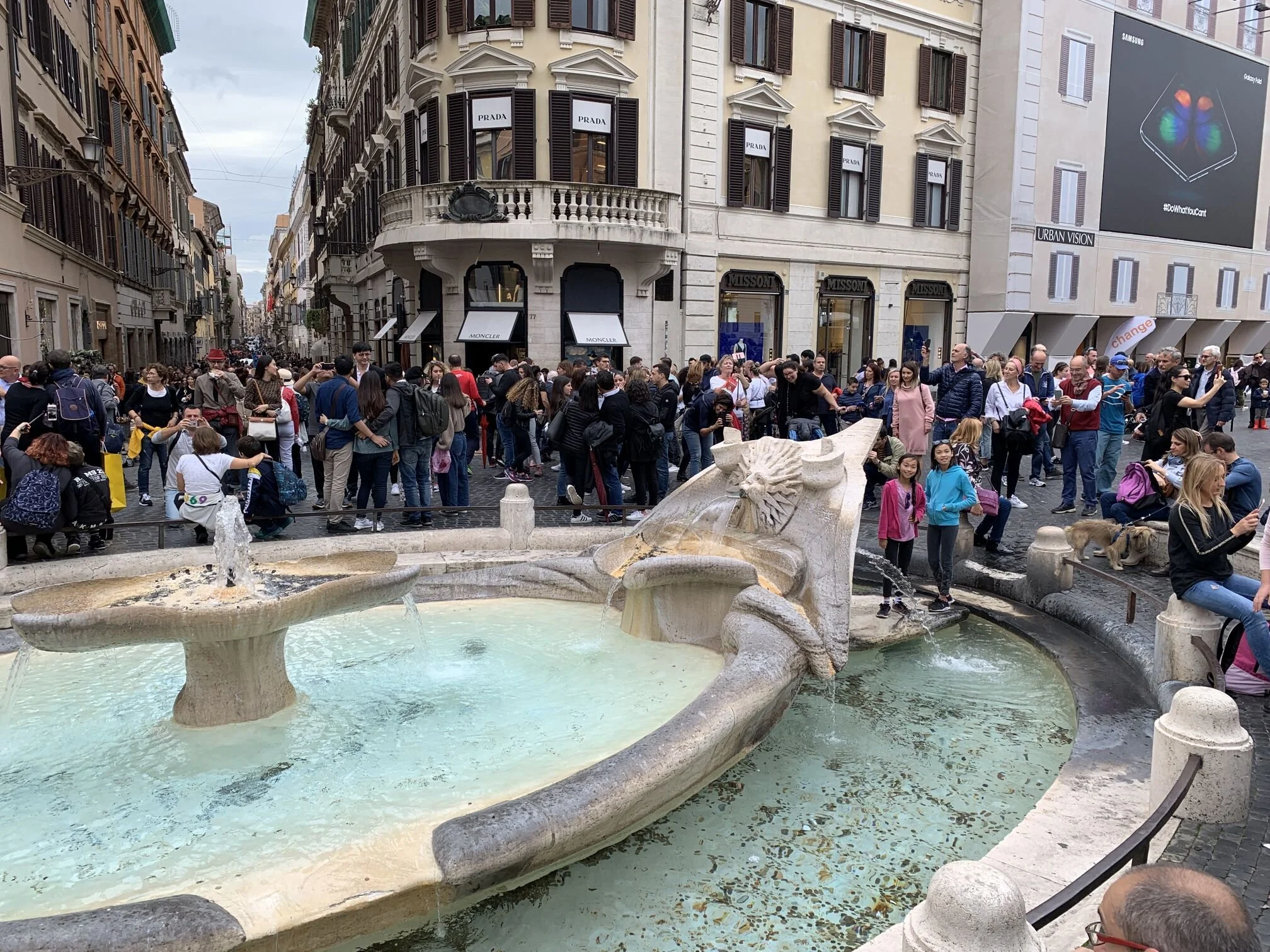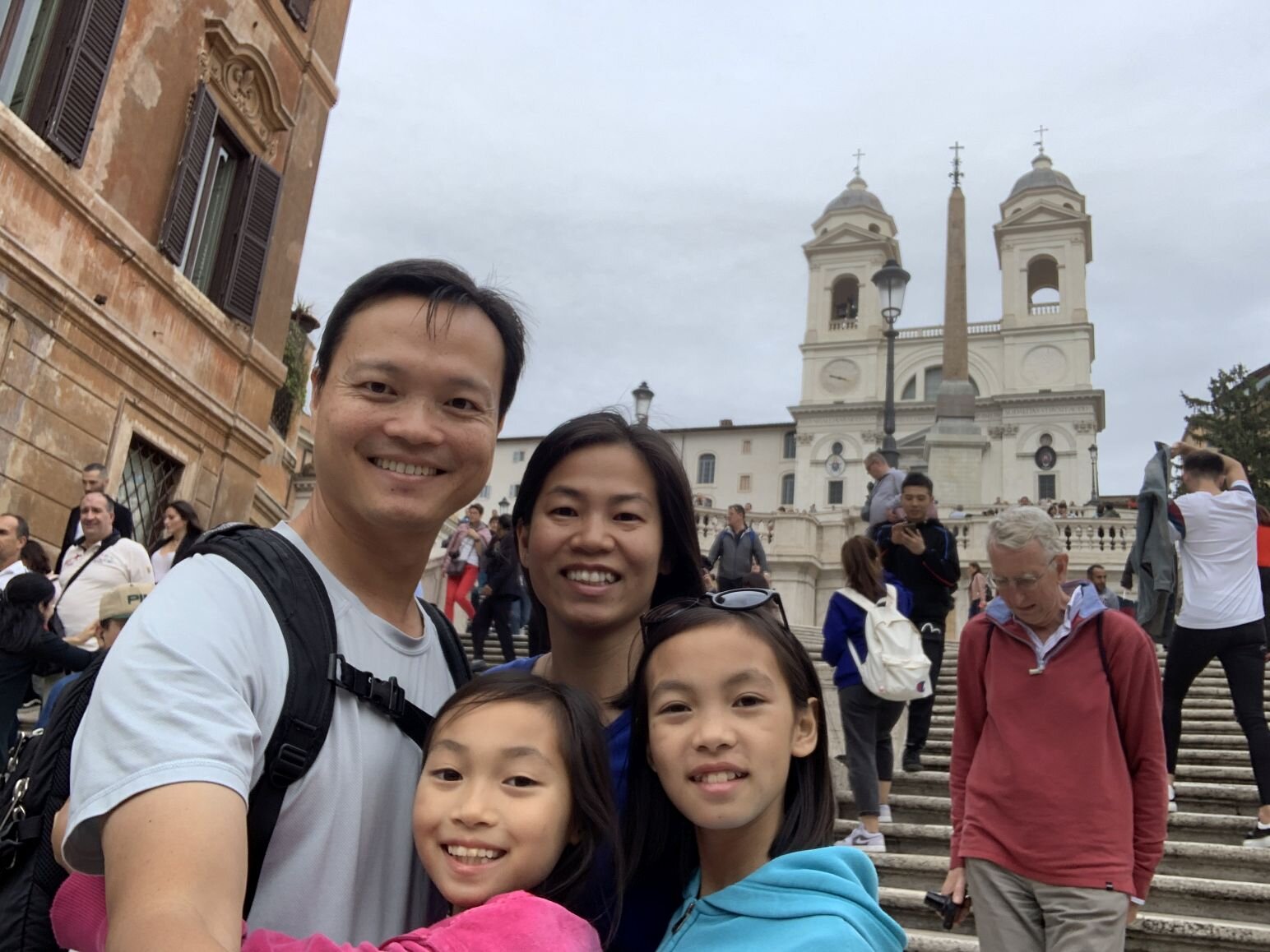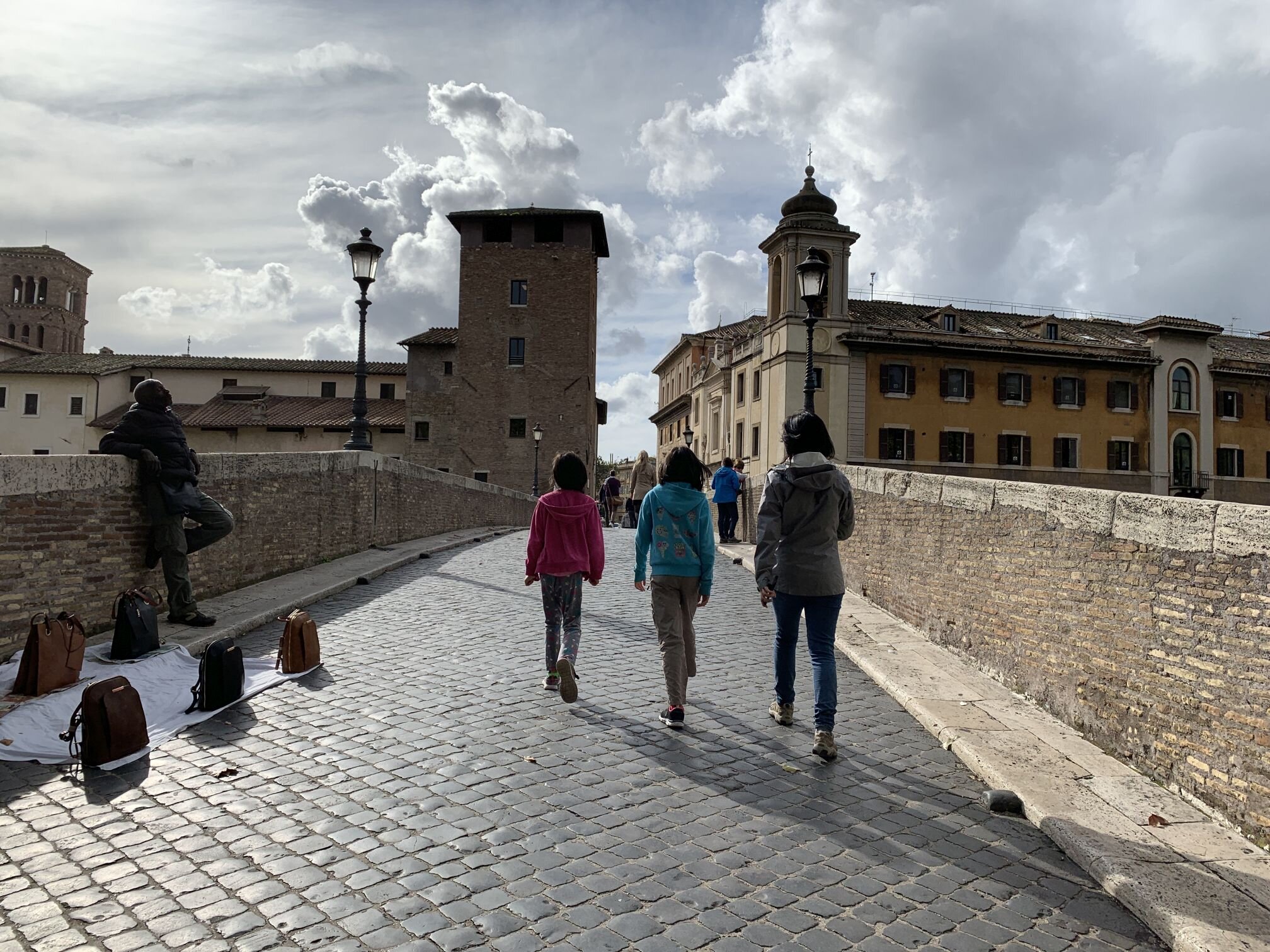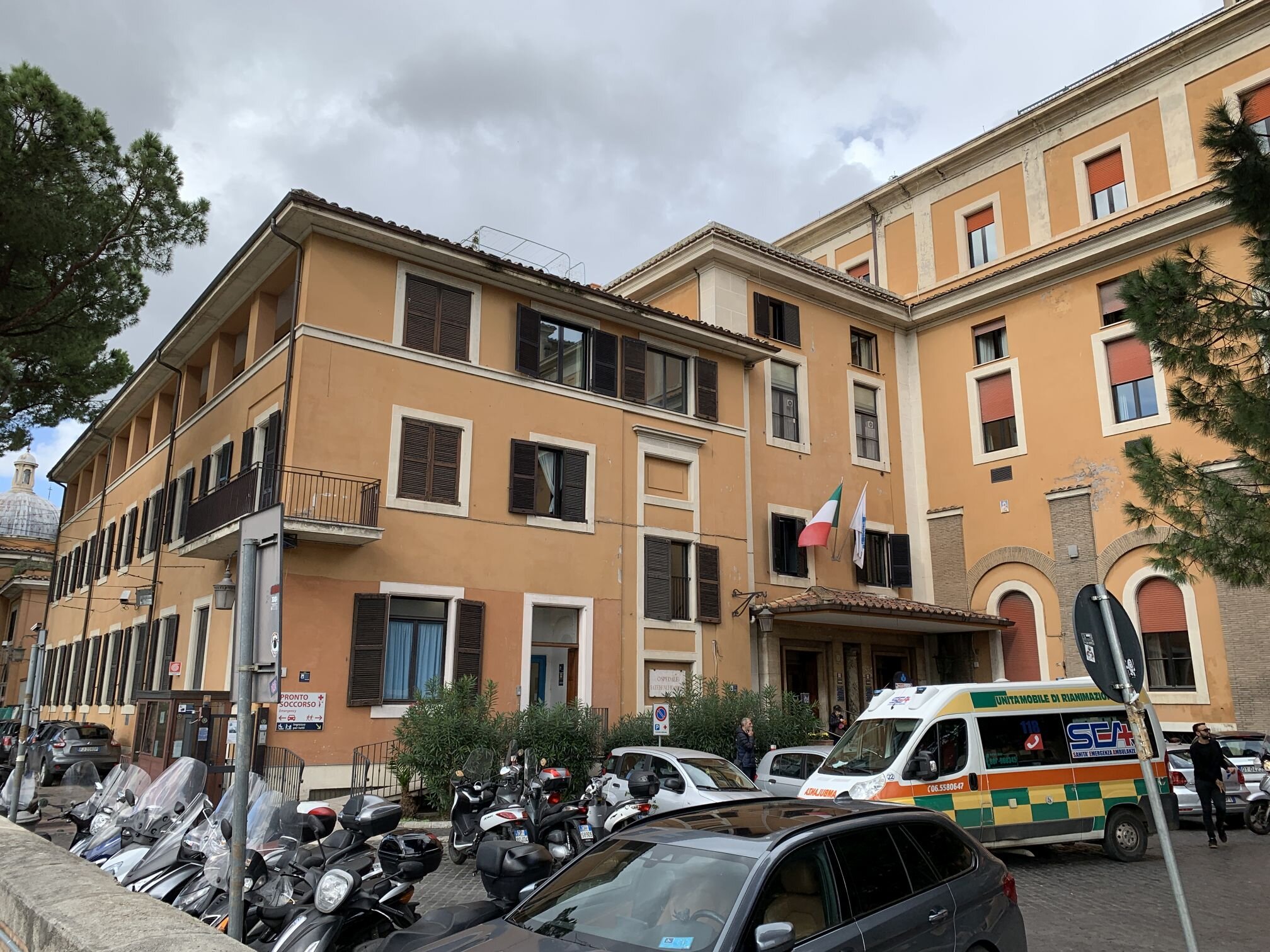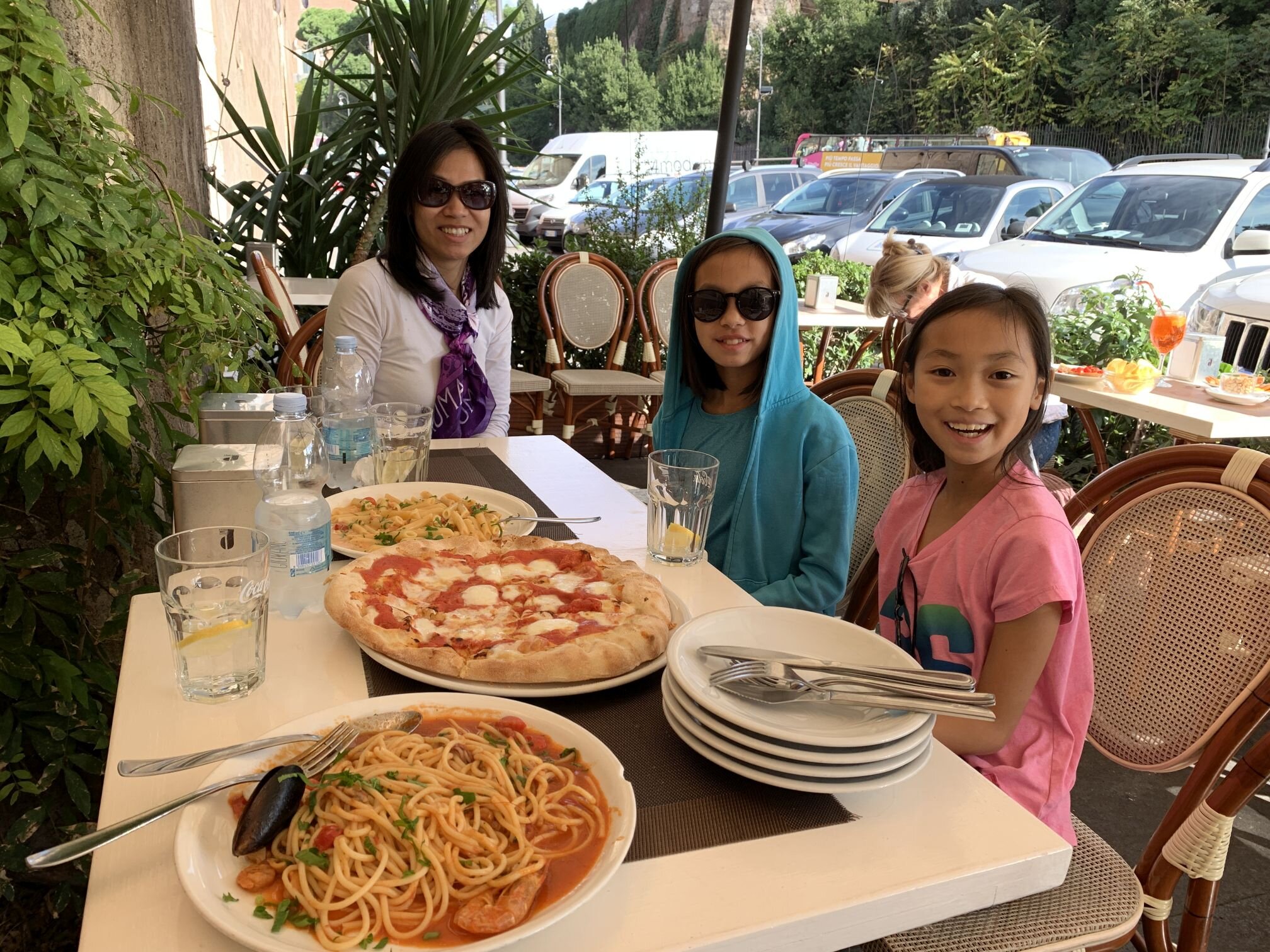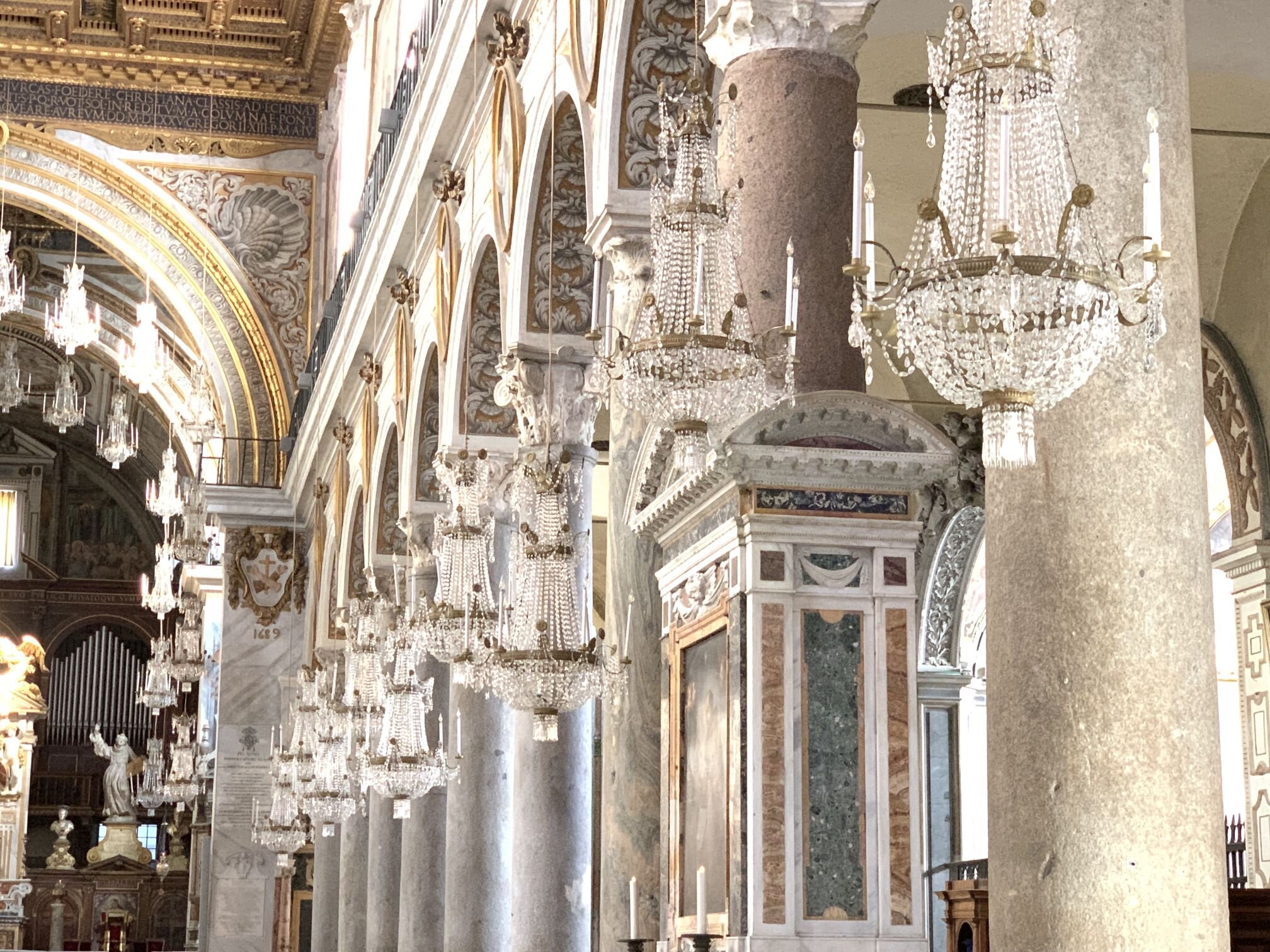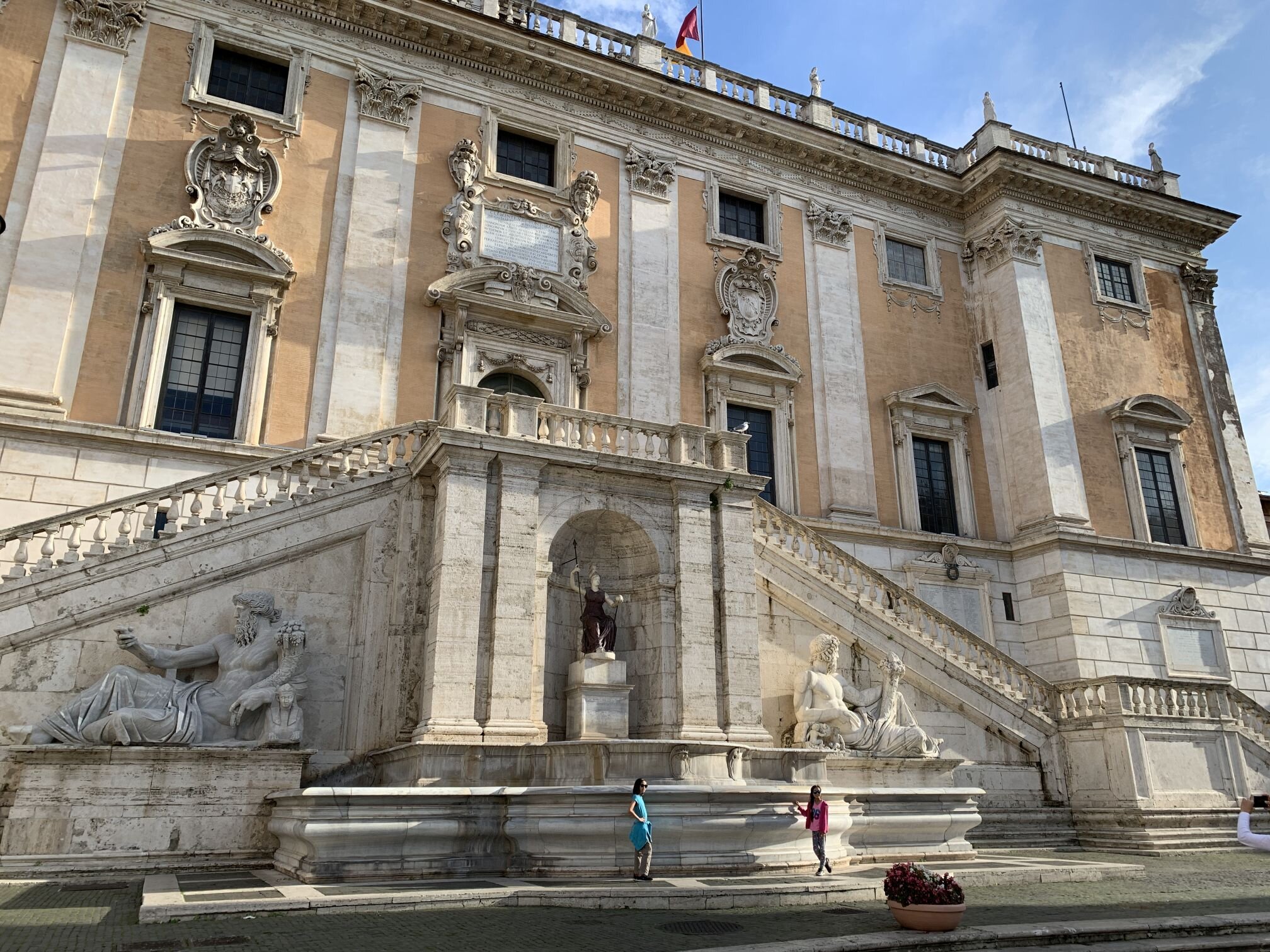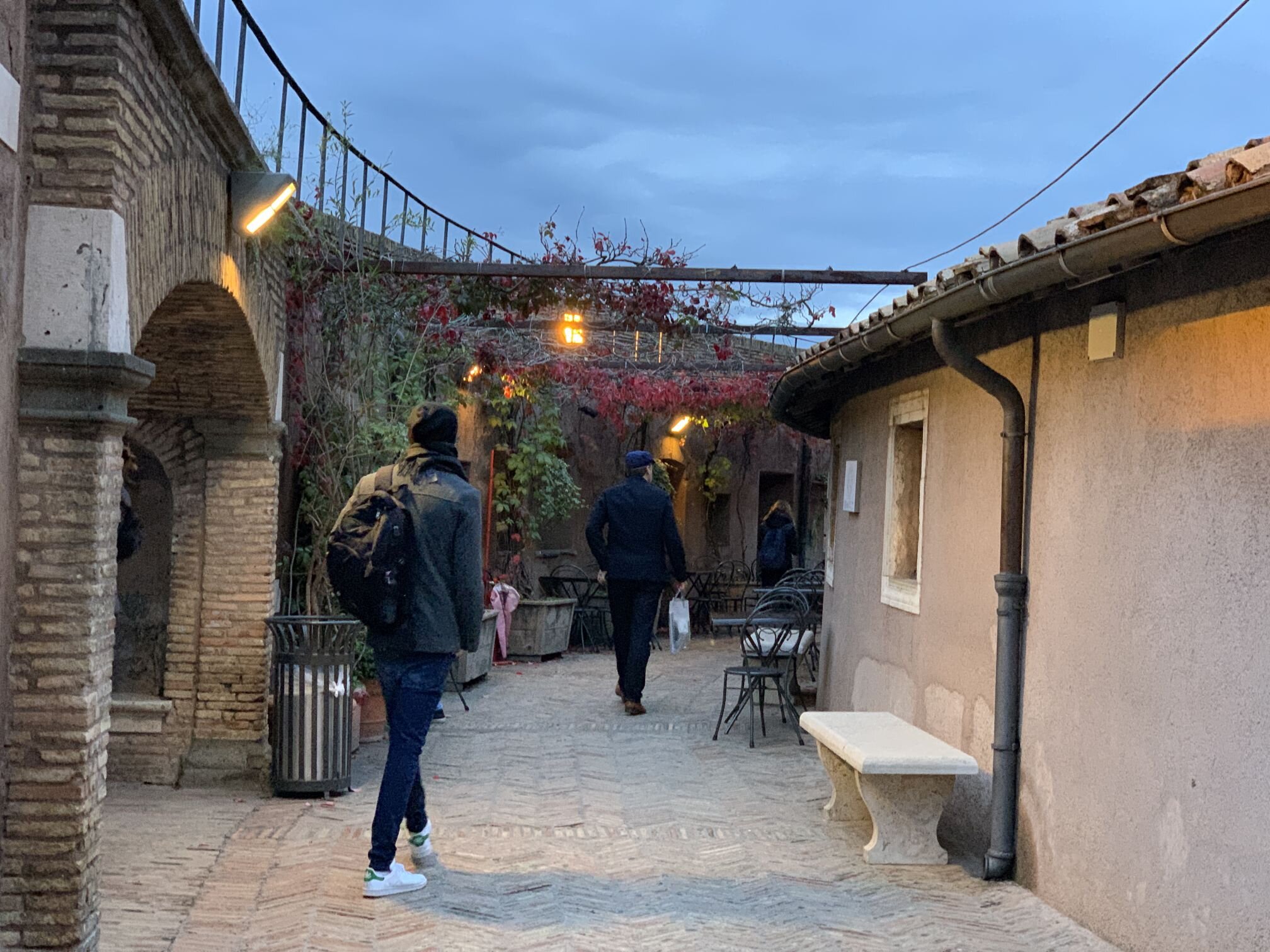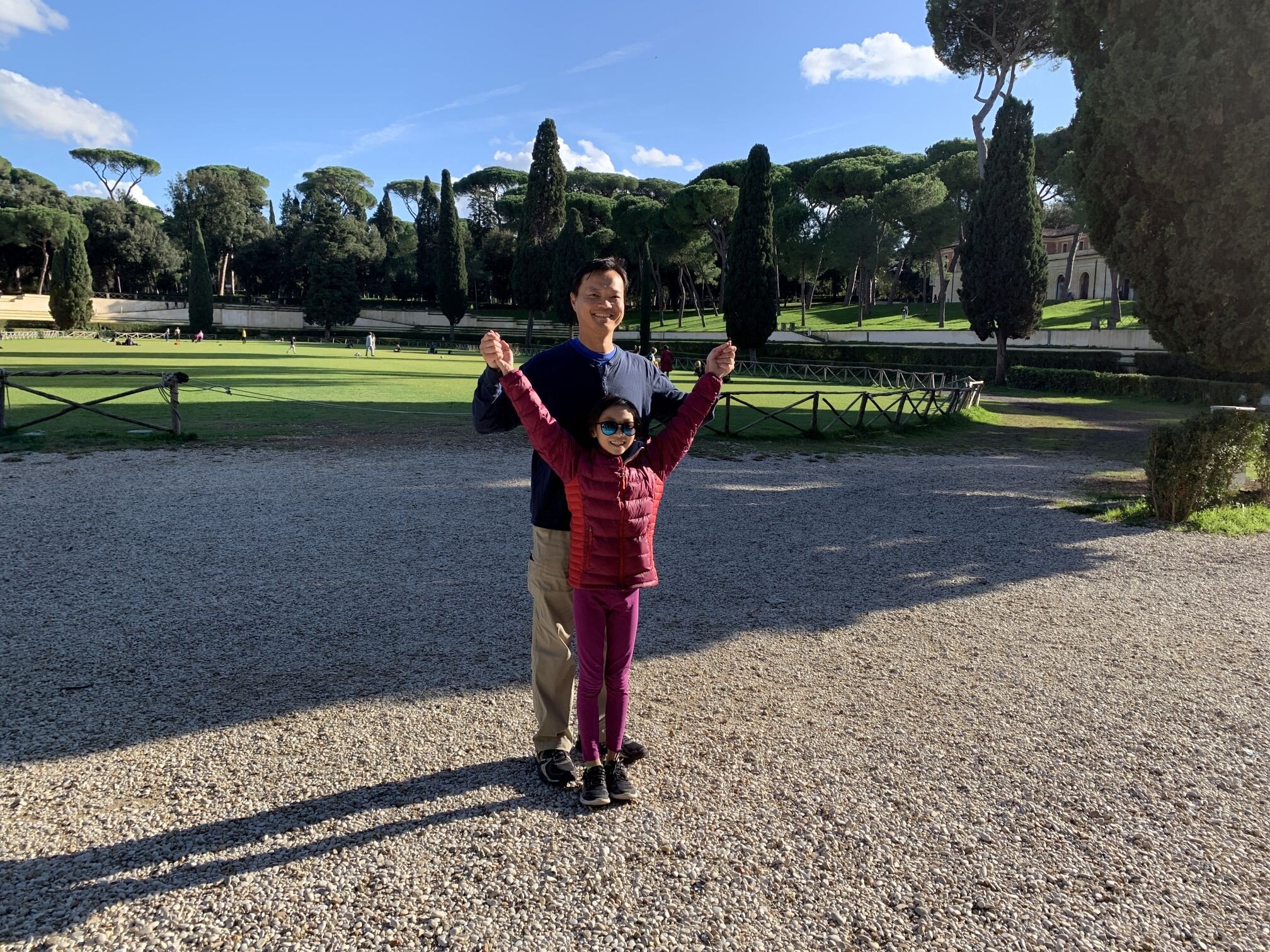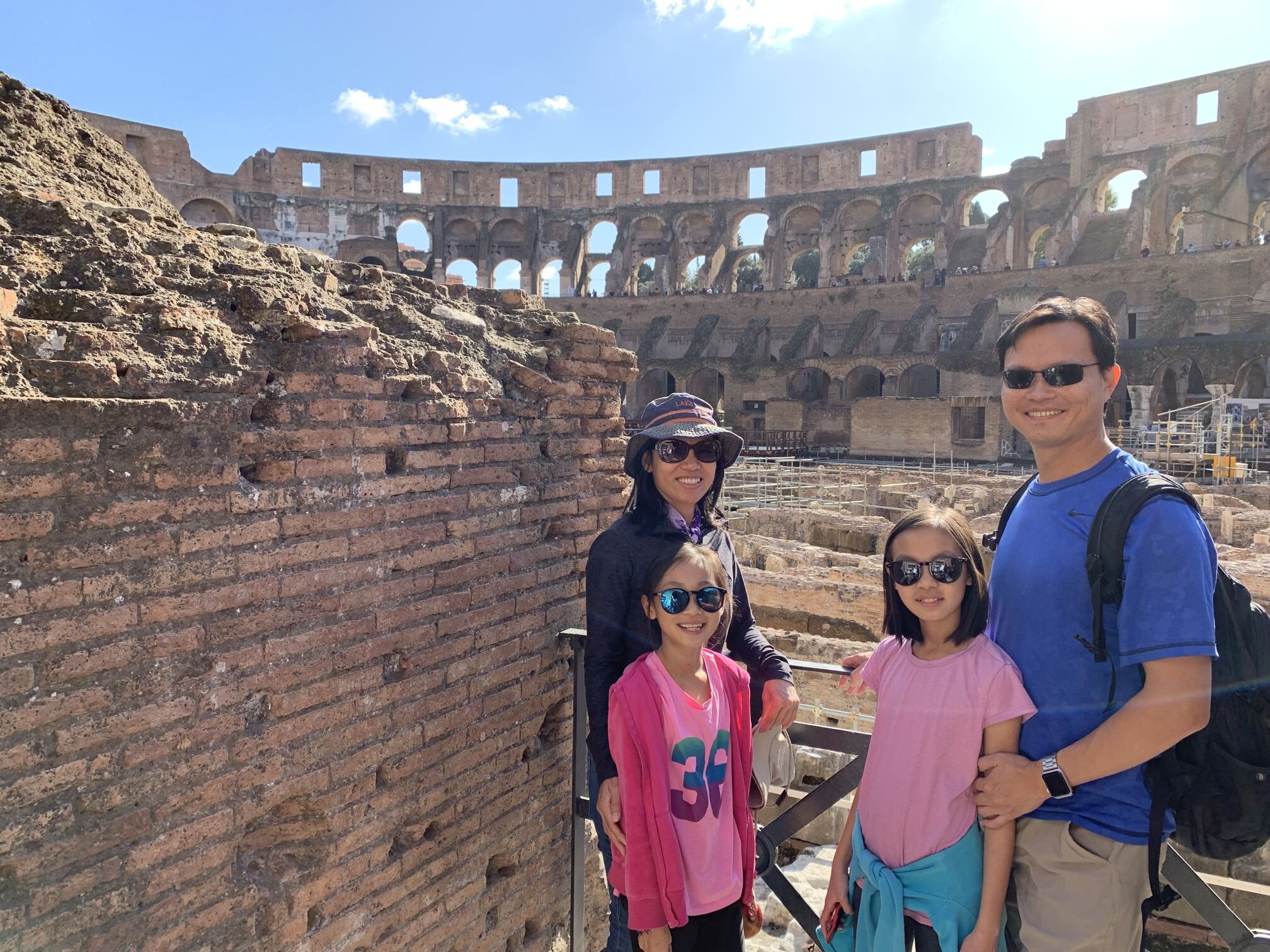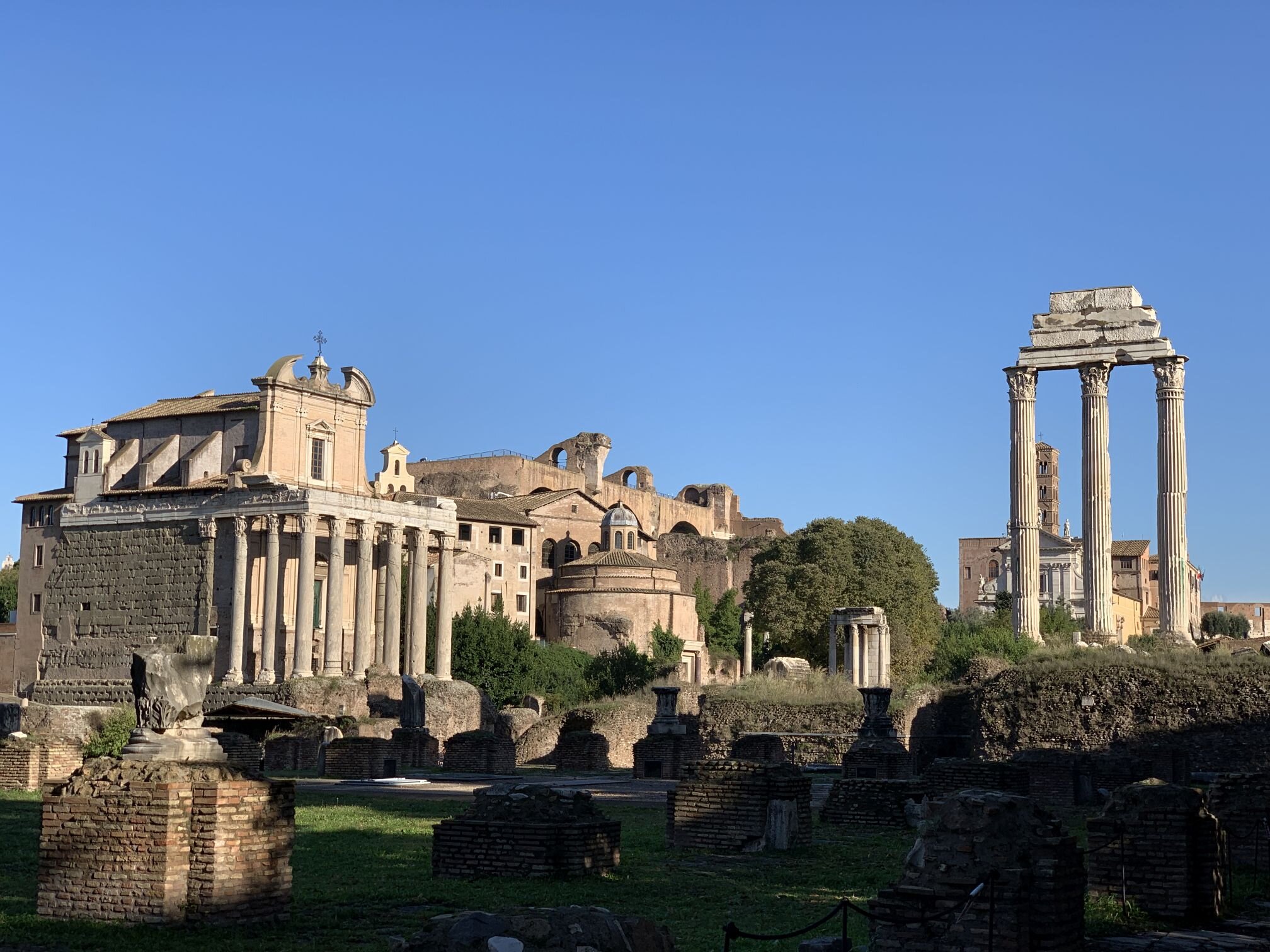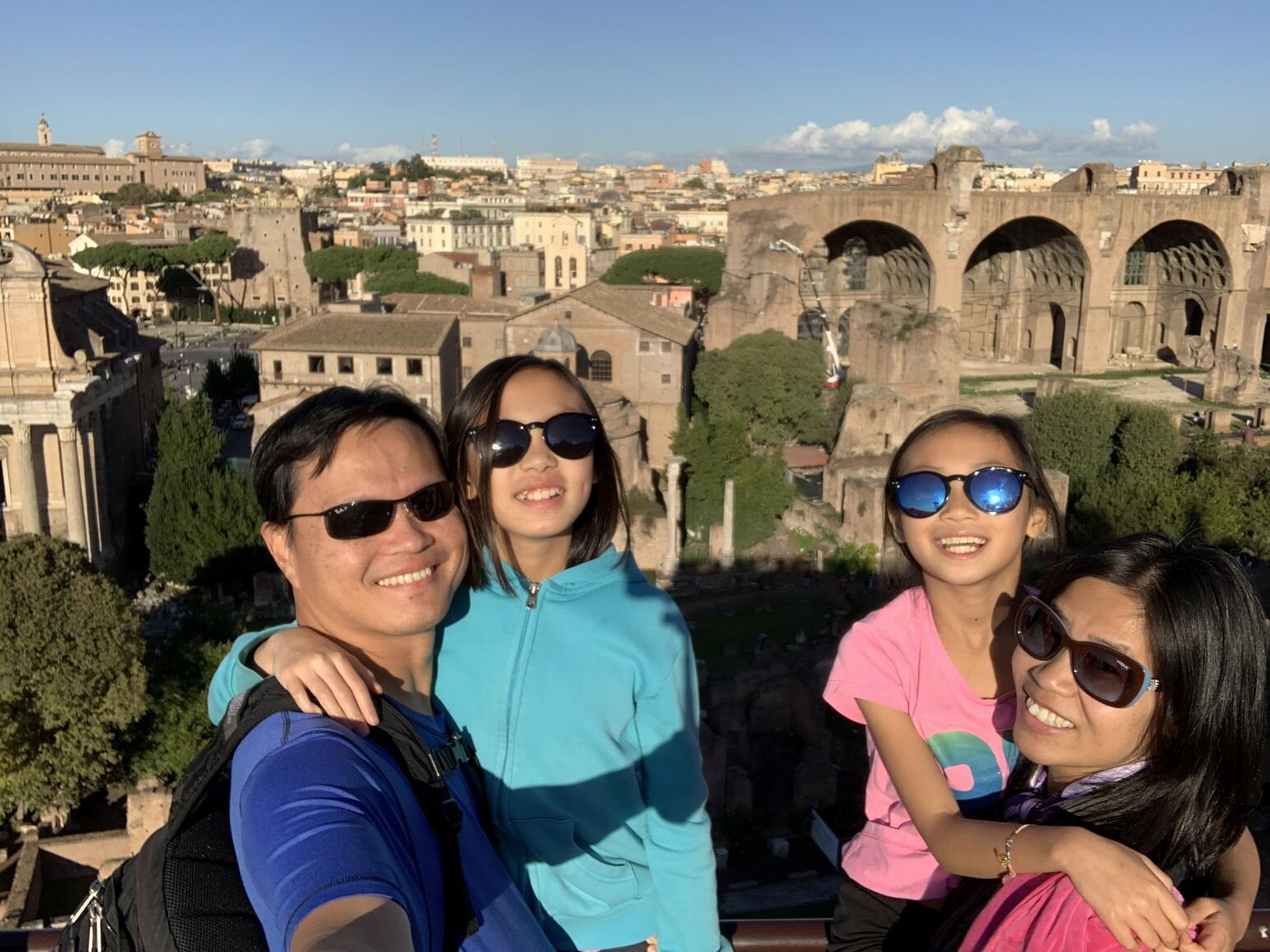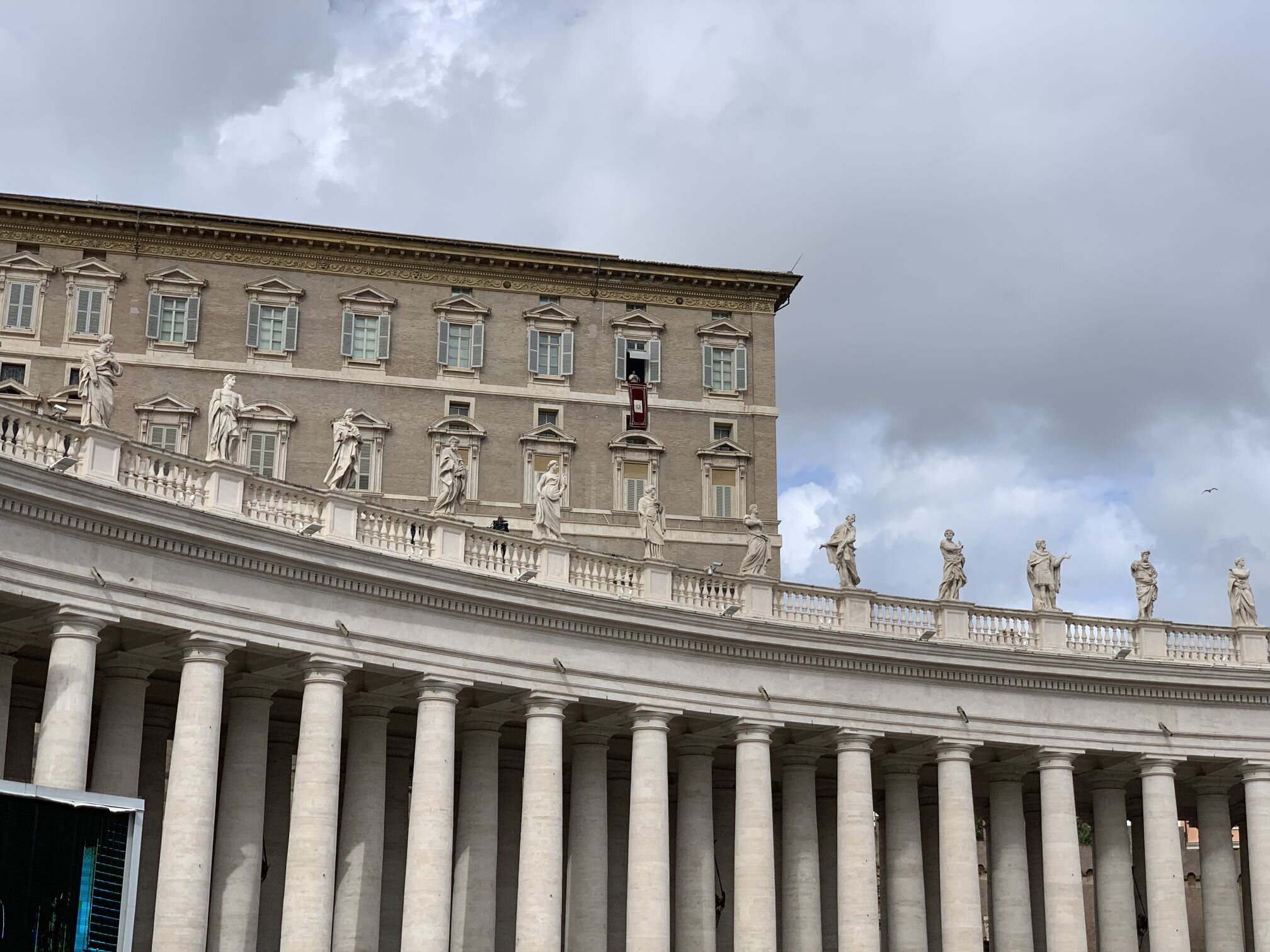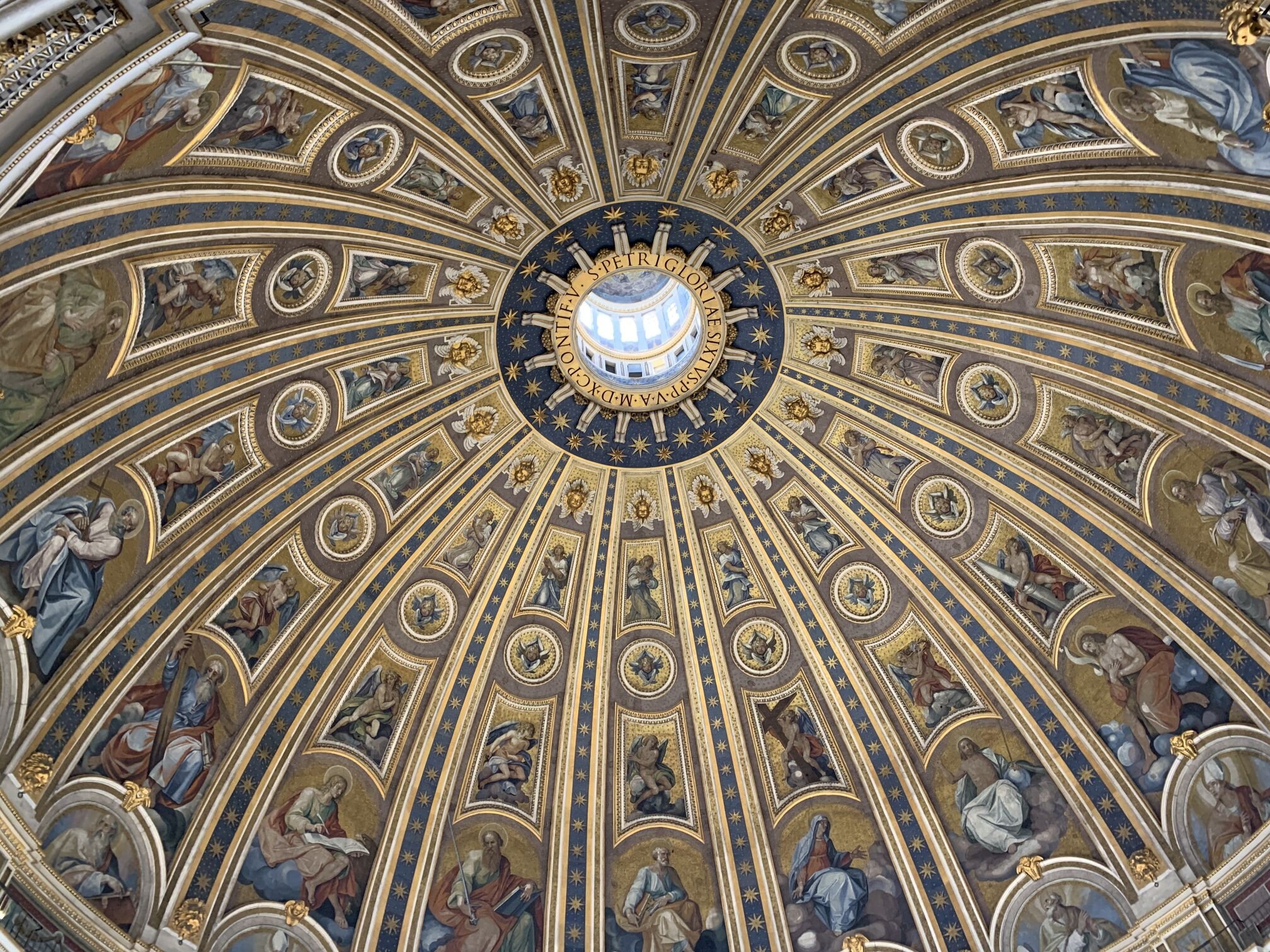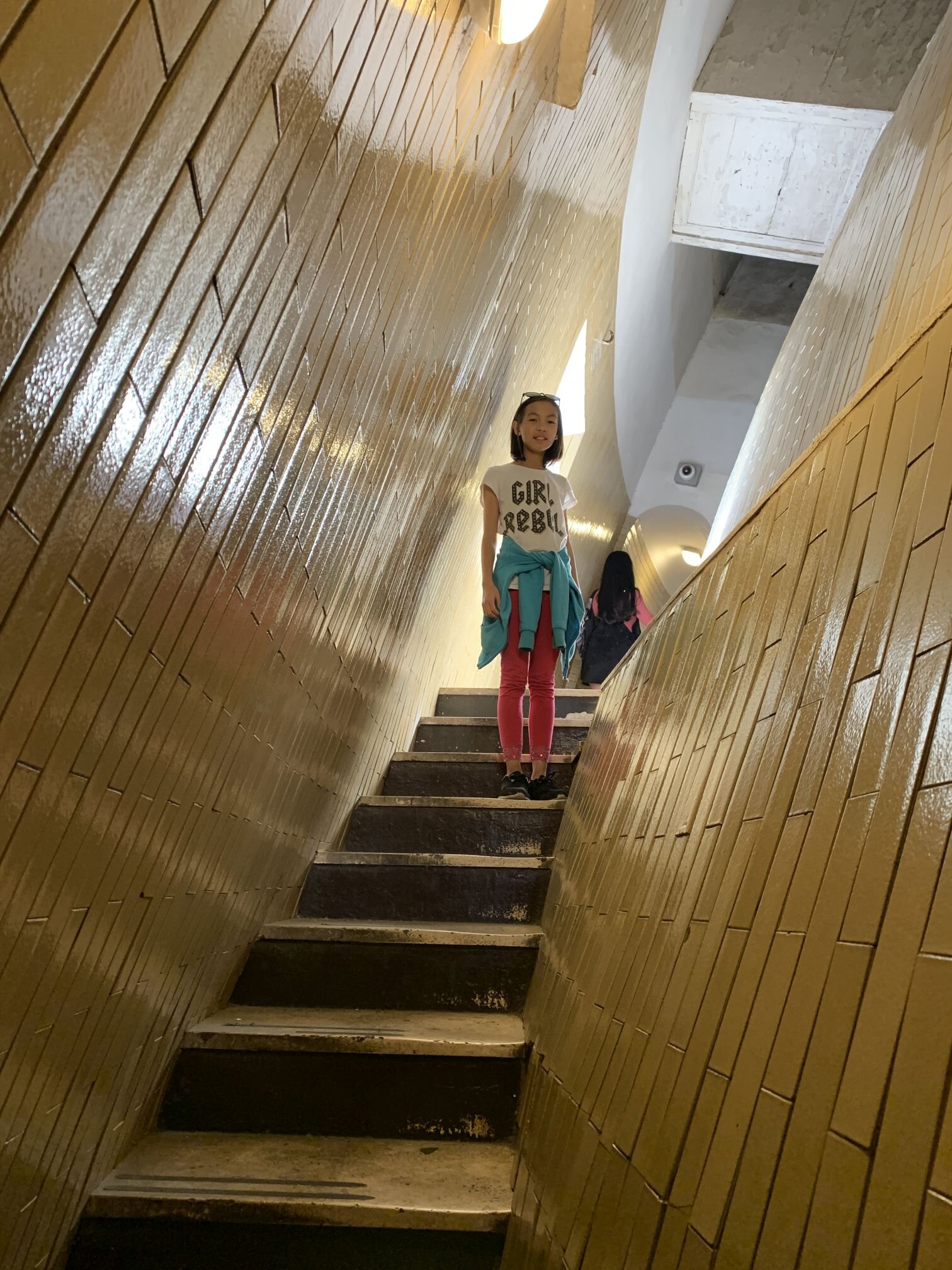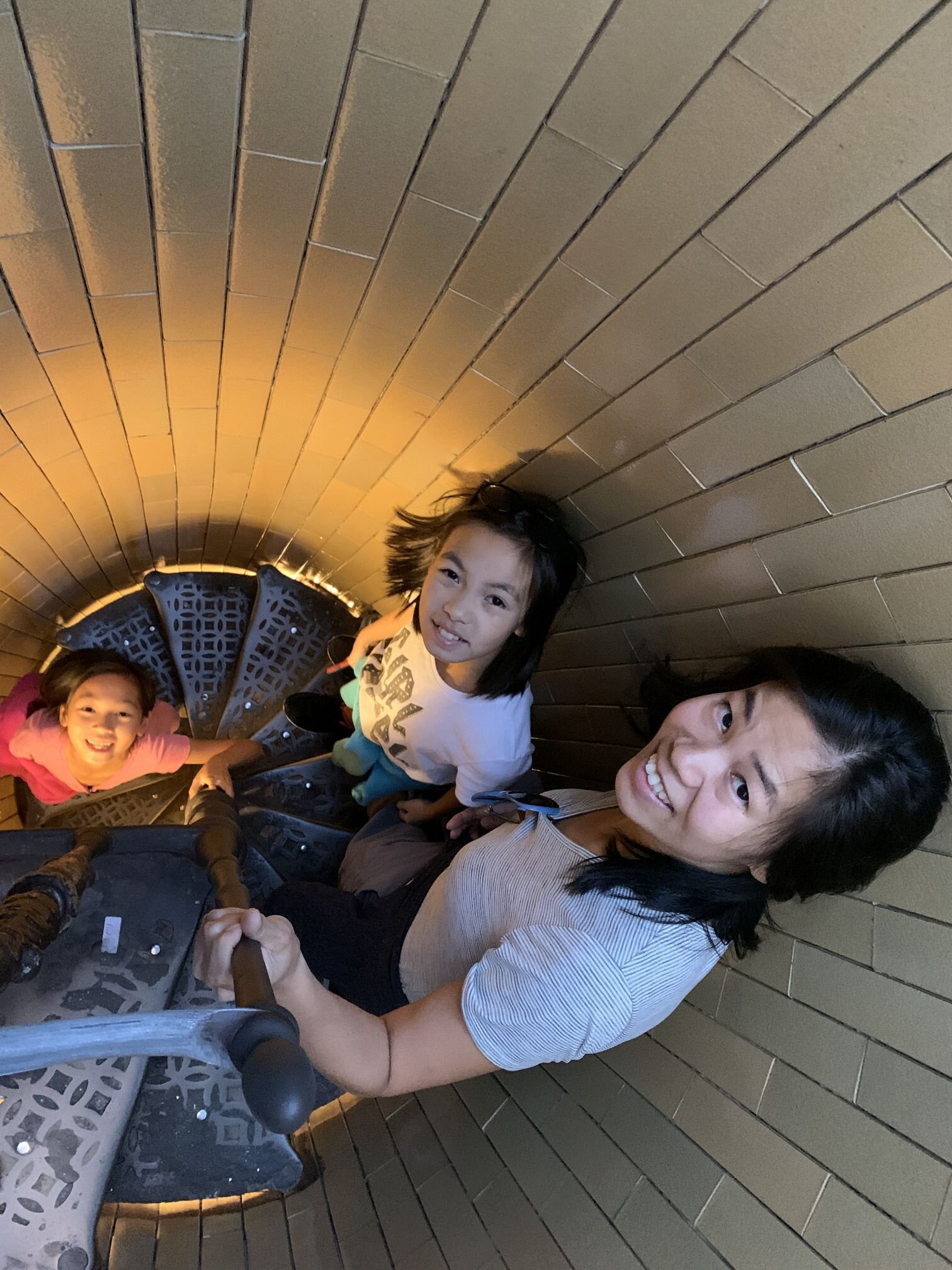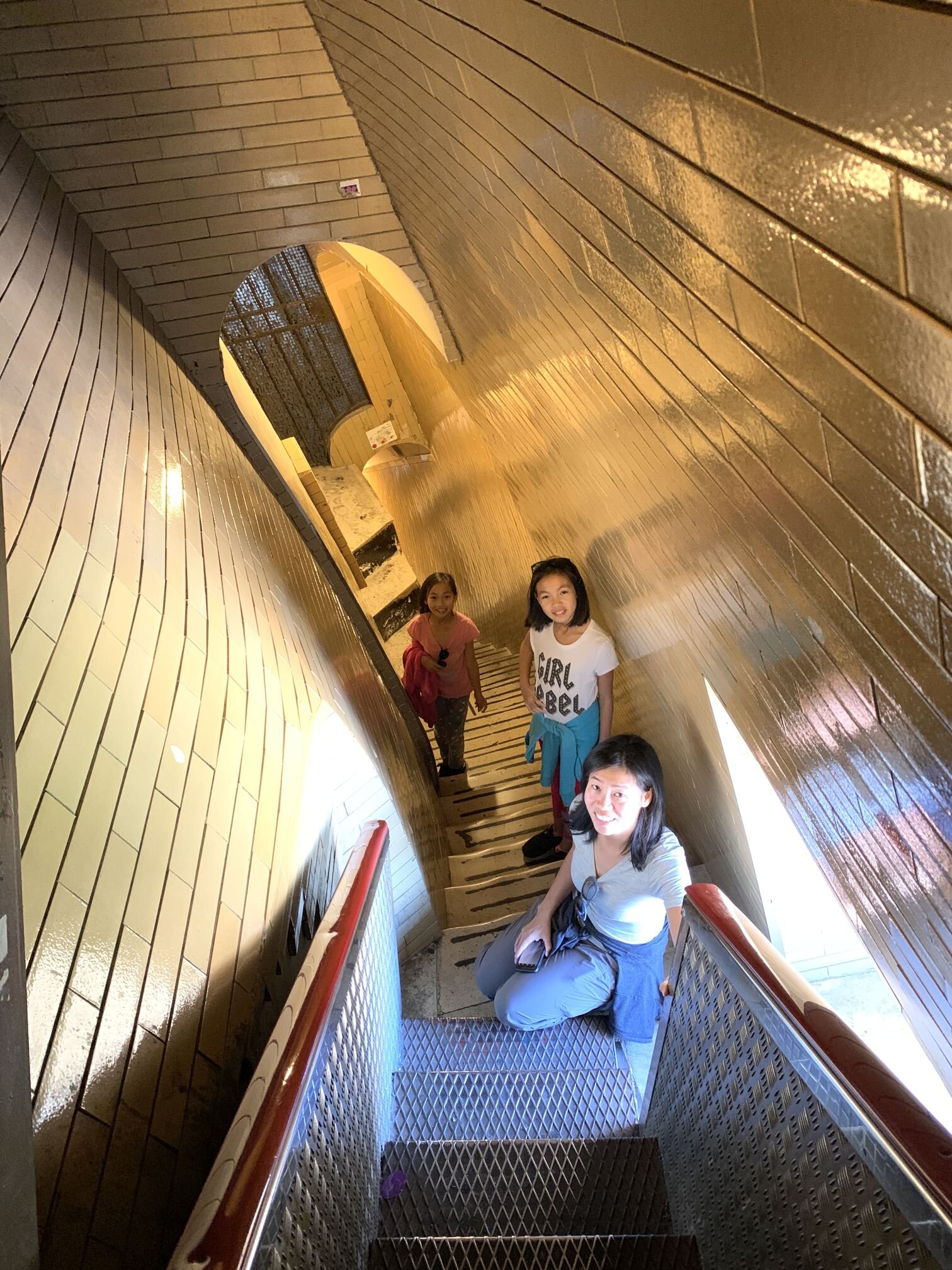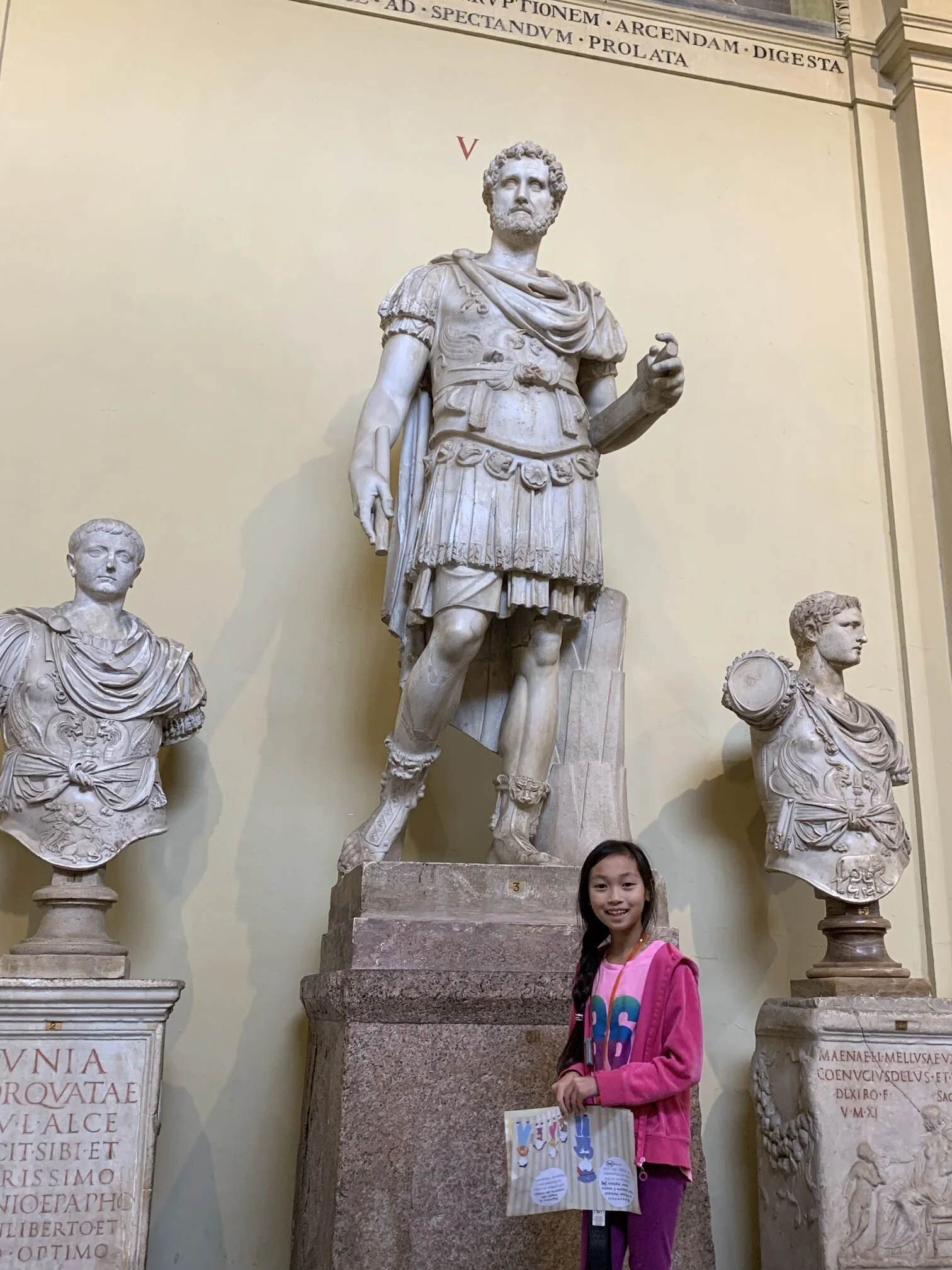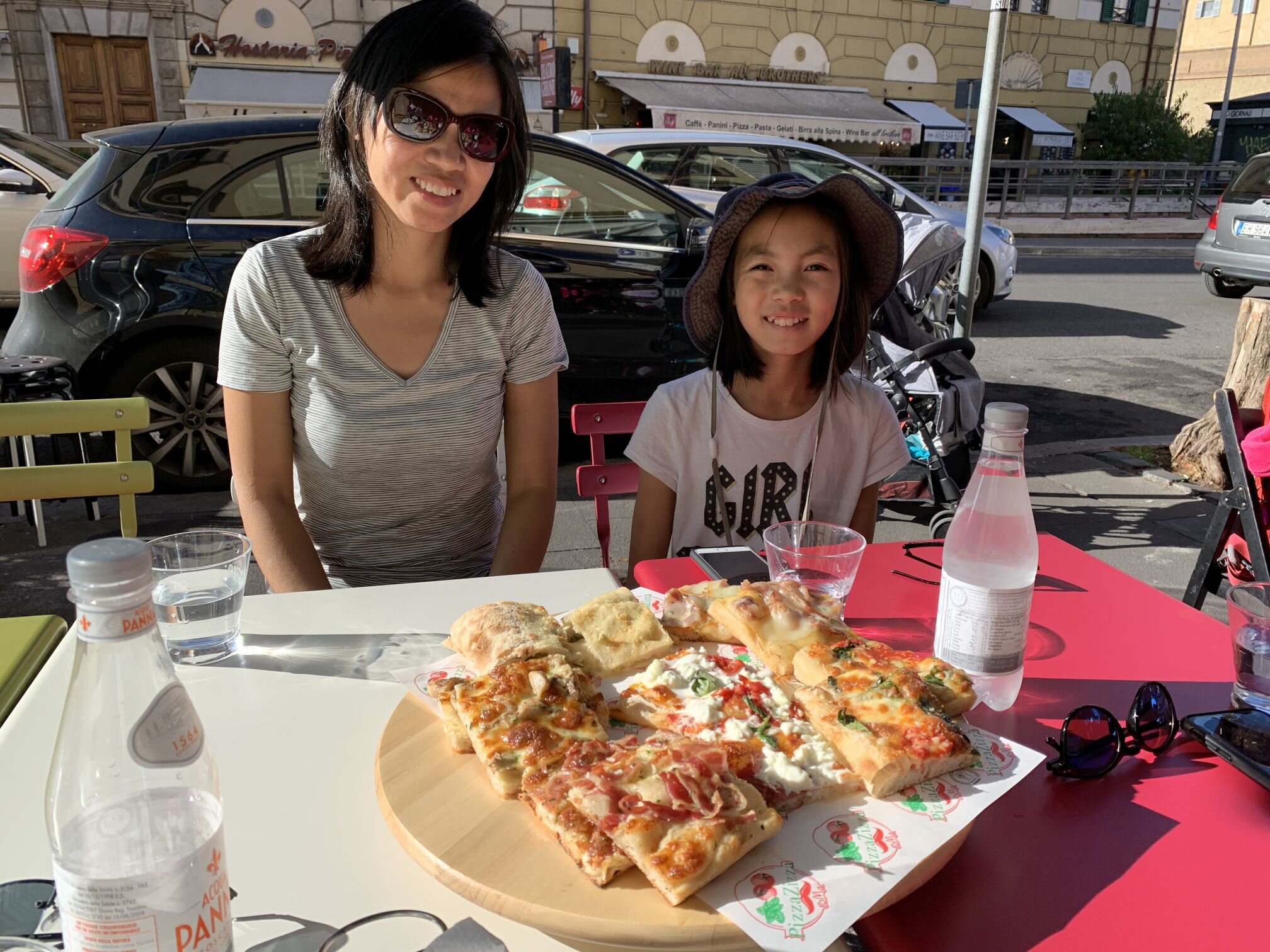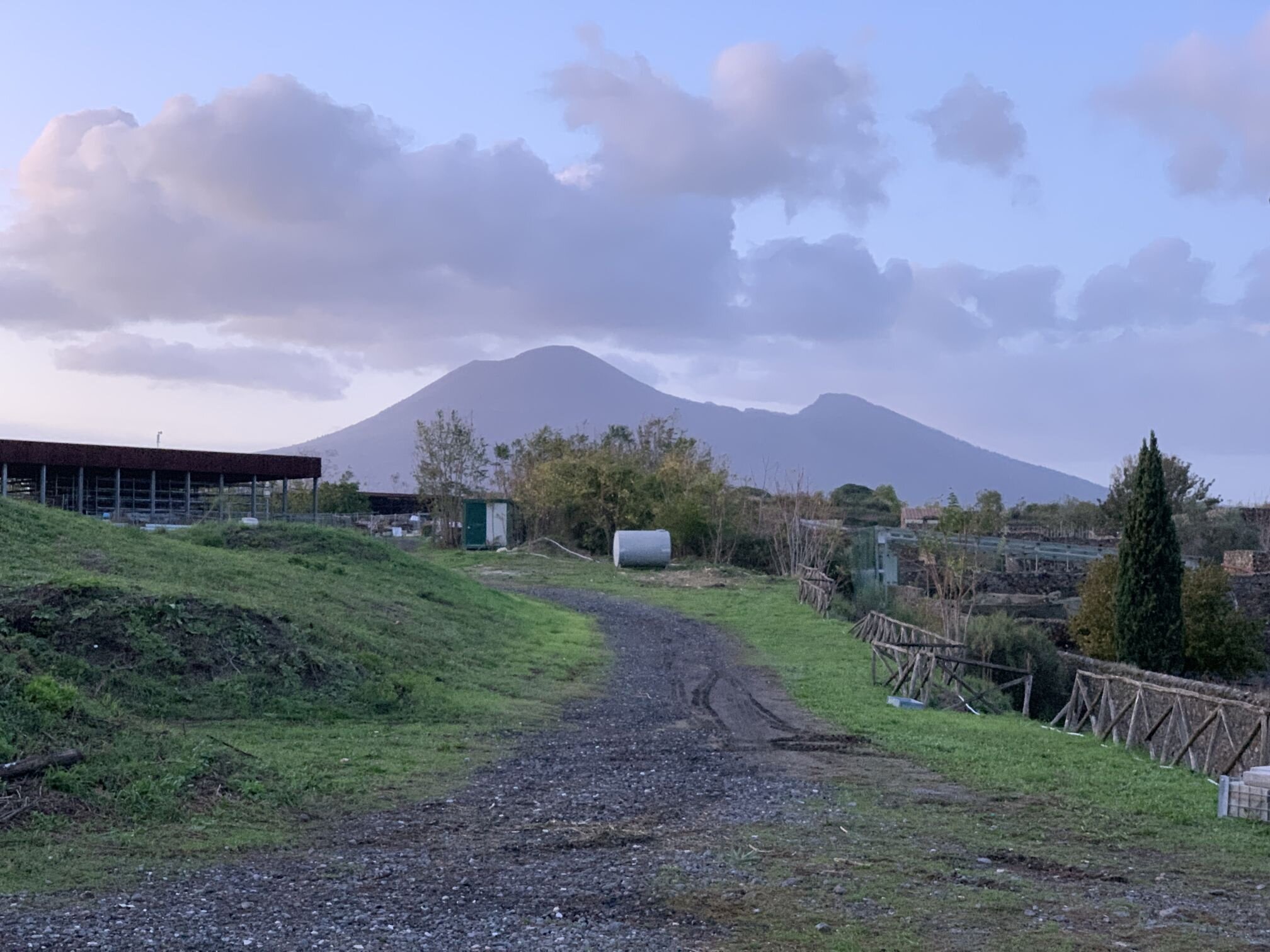Rome, Italy
November 1 - 15, 2019
Rome, the Eternal City. This capital city has a history that spans 28 centuries. As the center of the Roman Empire, there is so much history here to explore. A stroll through the historical center is a stroll through history.
Vatican City, the center of power of the Catholic Church, is the smallest independent country in the world, ruled by the Pope and located right here in Rome. The St. Peter’s Basilica, the Vatican Museum and the Sistine Chapel were amazing sights to see.
Pompei, tragically buried under volcano ashes for over a century, visitors get a glimpse of the well-preserved ancient Roman life.
Major attractions (Part 1): Campo De Fiori Market, Pantheon, Trevi Fountain, Spanish Steps, Tiber Island
Major attractions (Part 2): Alter of the Fatherland, Basilica Di Santa Maria & Campidoglio, Piazza Verona, Castel Sant’Angelo, Borghese Garden
Colosseum, Roman Forum, Palatine Hill
Voyagers tips: Check the “Life in Rome” section for travel tips.











